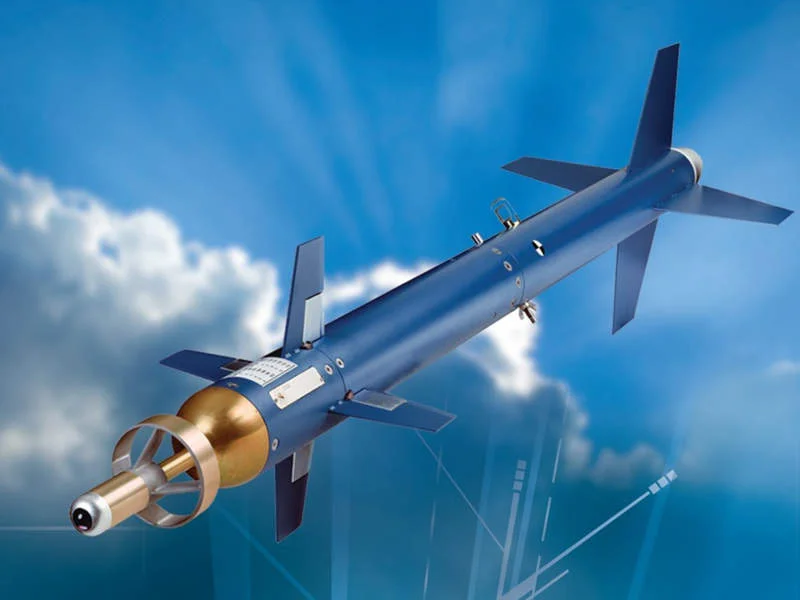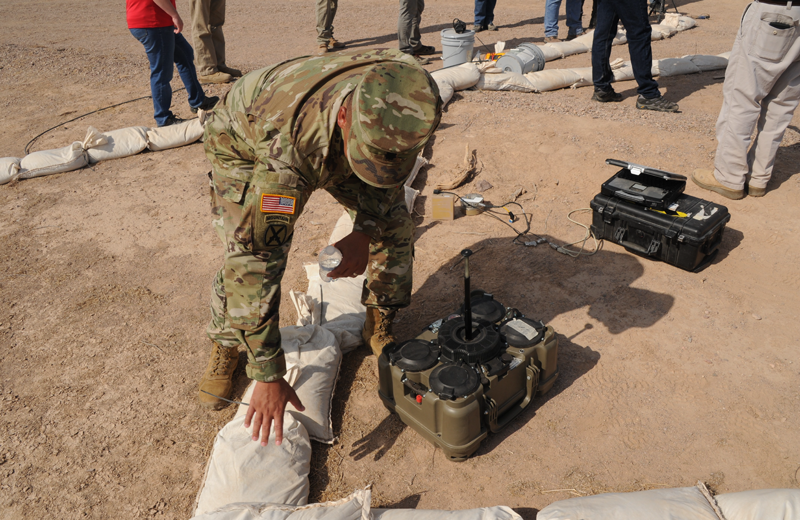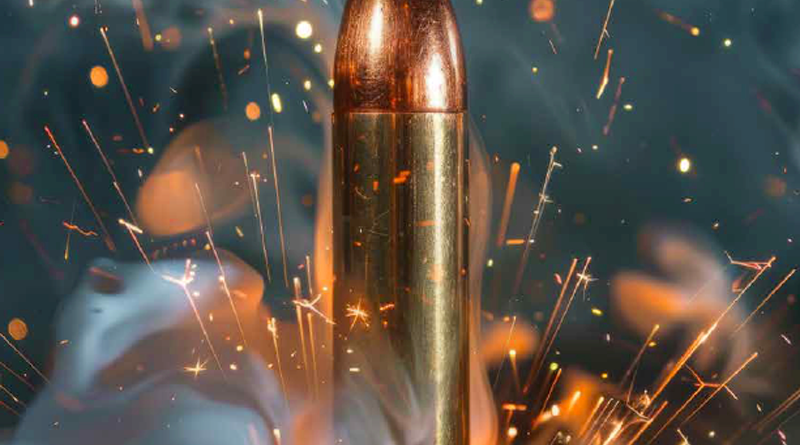The Impact of Advanced Technologies on Future Smart Munitions
Buck Biblehouse Chief, COTS Journal
As weapon technology evolves with intelligent munitions, we see an increasing integration of technology with the explosive characteristics of weapons. By leveraging high-reliability computing, advanced sensors, and guidance systems, these munitions can precisely identify and target enemies. While highly effective against high-value targets, using these advanced technologies for lower-value targets can sometimes seem excessive.
For example, Russian and Ukrainian forces are reportedly exchanging 15,000 to 20,000 155mm shells daily. With high-end munitions like the Storm Shadow or Patriot missile costing nearly $1 million each, the conflict can be viewed as a war of attrition, where the winner may be the side with the deepest pockets. This raises an important question: how can we use technology to create precision munitions at a lower cost? Readers of COTS Journal know that we focus on computing technology and its interaction with sensors, rather than the underlying weapons systems themselves.

The concept of intelligent munitions traces back to the Paveway laser-guided bomb, developed in the 1960s through a collaboration between Texas Instruments and Rockwell International. First deployed in the Vietnam War in 1965, the Paveway had an accuracy within 75 feet of its intended target. Its successor, the JDAM (Joint Direct Attack Munitions), played a critical role in Operation Desert Storm, offering an upgrade kit for standard bombs that included a GPS receiver, improving accuracy to within 35 feet. Additionally, the JDAM overcame limitations caused by poor weather, sidelining earlier models. The “fire-and-forget” capability became especially valued, allowing the launch platform to leave the area and reduce exposure to counterattacks.
Today, intelligent munitions benefit from advancements in high-reliability computing and greater sensor fusion, enabling over-the-horizon targeting with improved accuracy and reduced collateral damage. However, these capabilities have also introduced complexities that open the door to highly specialized solutions for unique applications.

Architectural Requirements
To meet the demand for low-cost, high-performance, and SWAP (Size, Weight, and Power) optimized solutions, compact multi-band sensor chain systems have been developed. By using mixed-signal architecture supported by advanced digital technology, manufacturers have created rugged packages less than one inch in diameter for sub-50mm munitions.
DARPA’s EXACTO (Extreme Accuracy Tasked Ordnance) program has pushed the limits of miniaturization, challenging engineers at Lockheed to develop a sniper round with an optical guidance system. Though many aspects of the program remain classified, it’s clear that achieving such precision will require breakthroughs in miniaturization.
In the industry, systems designed for munitions are often referred to as “round board makers.” Beyond the size constraints and environmental challenges, the reliability of these solutions hinges on power delivery systems that ensure clean, precise power to maintain system stability while managing high transient temperatures.
While there are parallels between unmanned aerial vehicles (UAVs) and smart maneuvering munitions, their purposes differ significantly, with many munitions being “one and done.” This necessitates building affordable solutions for mass production without bankrupting the country, especially when thousands are expended daily. The Ukrainian military, for example, has blurred the line between reusable UAVs and disposable munitions, with drones dropping explosives into vulnerable points on enemy tanks.

The Future
As smart munitions continue to advance, compromise will play a key role. The VITA 90 VNX standard, for example, has attracted the interest of OEMs by providing a form factor designed for highly SWAP-optimized applications. However, the small size of VNX also imposes design challenges, particularly in terms of performance, storage, and I/O functionality. Wolf Technologies, one of the first companies to offer production-level products, recently introduced a frame grabber solution that could help meet ambitious market goals for 2025.
Although miniaturization is not a new concept, the increasing computing power in smaller packages allows for more advanced features. The VNX form factor, while not limited to munitions, was developed to meet the high-volume needs of a wide range of applications.
Some believe that munitions will benefit most from remote, telemetry-based solutions that keep the intelligence in reusable systems, reducing the cost of disposable components. By integrating the autonomous features of unmanned aerial systems (UAS) or manned-unmanned teaming (MUM-T) with precision-guided munitions, it may be possible to significantly reduce the cost of such weapons, making them more affordable on a large scale.
In Conclusion
The balance between the lethality of munitions and their cost remains a significant challenge for the industry. The wide array of sensor inputs—from RF to real-time video—will drive real-time performance requirements, demanding faster and more efficient data links with minimal latency. The future will see purpose-built munitions capable of achieving levels of precision far beyond simply the blast radius, targeting specific objects even in crowded environments.

